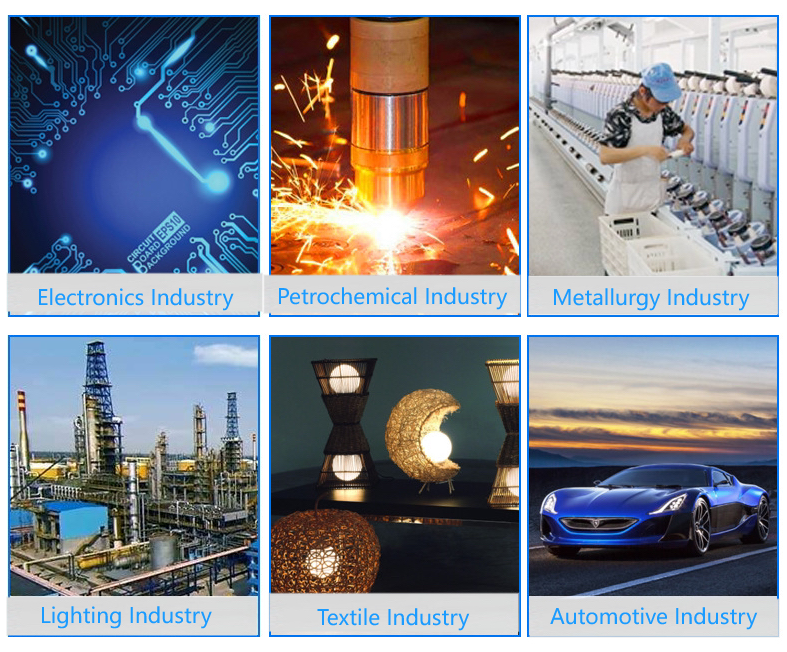Professional industry ceramic supplier, silicon nitride, silicon carbide, aluminum nitride and any other kinds of ceramics.
PRODUCT PARAMETERS
Description
Overview of High Hardness Boron Carbide Plate Silicon Carbide Sheet B4c Sic Ceramic Block
High Hardness Boron Carbide Plate Silicon Carbide Sheet B4c Sic Ceramic Block is an ultra-hard advanced ceramic, ranking as the third hardest material known after diamond and cubic boron nitride. Often referred to as “black diamond,” it is the premier choice for extreme applications requiring maximum hardness and lightweight properties, particularly in the field of ballistic armor and abrasive environments.
Features of High Hardness Boron Carbide Plate Silicon Carbide Sheet B4c Sic Ceramic Block
-
Exceptional Hardness: Possesses a hardness level near that of diamond, making it ideal for abrasive and wear-resistant applications.
-
Extremely Lightweight: With a low density, it offers an outstanding strength-to-weight ratio, crucial for personal and aviation armor.
-
Outstanding Ballistic Performance: The premier material for high-performance body and vehicle armor plates, capable of defeating high-velocity threats.
-
High Neutron Absorption: An excellent neutron capture cross-section makes it a key material for nuclear reactor control rods and shielding.
-
Excellent Chemical Resistance: Highly inert and resistant to acids and alkalis, ensuring performance in corrosive environments.
-
High-Temperature Stability: Maintains its properties and structure at elevated temperatures.
Specification of High Hardness Boron Carbide Plate Silicon Carbide Sheet B4c Sic Ceramic Block
This boron carbide plate and silicon carbide sheet ceramic block provides severe firmness. Boron carbide (B4C) is just one of the hardest products recognized. It places simply listed below ruby and cubic boron nitride. Silicon carbide (SiC) additionally offers extremely high firmness. It easily exceeds typical metals and lots of alloys. Both products resist abrasion exceptionally well. They will not use down quickly under rough conditions.
Thickness issues for weight-sensitive tasks. Boron carbide has a reduced thickness than silicon carbide. This makes B4C plates lighter for their dimension. It’s a leading selection when you need light-weight armor. Silicon carbide gives exceptional toughness as well. It takes care of hefty lots without damaging.
These ceramics manage warm successfully. Silicon carbide carries out heat far better than boron carbide. SiC sheets work well in high-temperature environments. Boron carbide withstands intense warmth also. Both preserve toughness at temperature levels where metals stop working. They stand up to thermal shock successfully.
Chemical resistance is an additional key stamina. Boron carbide and silicon carbide withstand lots of acids and antacids. They will not rust quickly. This makes them trustworthy in harsh settings. They do regularly in hard chemical procedures.
These blocks offer requiring roles. Boron carbide plates are important for ballistic armor. They quit bullets and fragments effectively. Silicon carbide sheets succeed as wear components. They are made use of in pump seals, nozzles, and linings. Both materials feature in sandblasting gear. They are vital in high-wear commercial equipment. They provide long service life and integrity.
Applications of High Hardness Boron Carbide Plate Silicon Carbide Sheet B4c Sic Ceramic Block
High firmness boron carbide plates and silicon carbide sheets are difficult ceramic blocks. They take care of extreme conditions. These materials are extremely hard. They resist wear and abrasion quite possibly. They also manage high temperatures. This makes them useful in several requiring work.
One major use remains in shield. Boron carbide plates are superb for body armor. They are additionally made use of in car shield. The product stops bullets and shrapnel properly. It is much lighter than steel shield. This saves weight and boosts wheelchair. Boron carbide offers the most effective protection for its weight.
Silicon carbide sheets prevail in industrial settings. They line equipment based on heavy wear. You discover them in extracting equipment. They line pumps handling unpleasant slurries. They protect pipes bring sand or minerals. The sheets last a lot longer than metal components. This reduces downtime and substitute costs.
Both products function well in high warm. Silicon carbide blocks benefit kiln furniture. They support items throughout shooting. They endure duplicated home heating and cooling down cycles. Boron carbide parts are utilized in specific high-temperature tools. They keep their form and stamina.
The nuclear market uses these ceramics. Boron carbide soaks up neutrons. It is made use of in control poles and securing. This assists manage nuclear reactions securely. Silicon carbide provides containment for nuclear fuel fragments. It supplies stability under radiation.
These ceramic blocks are likewise utilized for precision tasks. Silicon carbide sheets work as secure bases. They are made use of in semiconductor manufacturing. They offer a level, difficult surface area. Boron carbide locates use in nozzles for sandblasting. Its solidity stands up to erosion from abrasive particles.
These ceramics are costly. Their solidity makes them challenging to machine. They are commonly utilized where other products fall short quickly. The lengthy life and efficiency normally validate the greater initial expense. They fix issues in difficult environments.
Company Profile
Tanki New Materials Co.Ltd. focus on the research and development, production and sales of ceramic products, serving the electronics, ceramics, chemical and other industries. Since its establishment in 2015, the company has been committed to providing customers with the best products and services, and has become a leader in the industry through continuous technological innovation and strict quality management.
Our products includes but not limited to Aerogel, Aluminum Nitride, Aluminum Oxide, Boron Carbide, Boron Nitride, Ceramic Crucible, Ceramic Fiber, Quartz Product, Refractory Material, Silicon Carbide, Silicon Nitride, ect. please feel free to contact us.
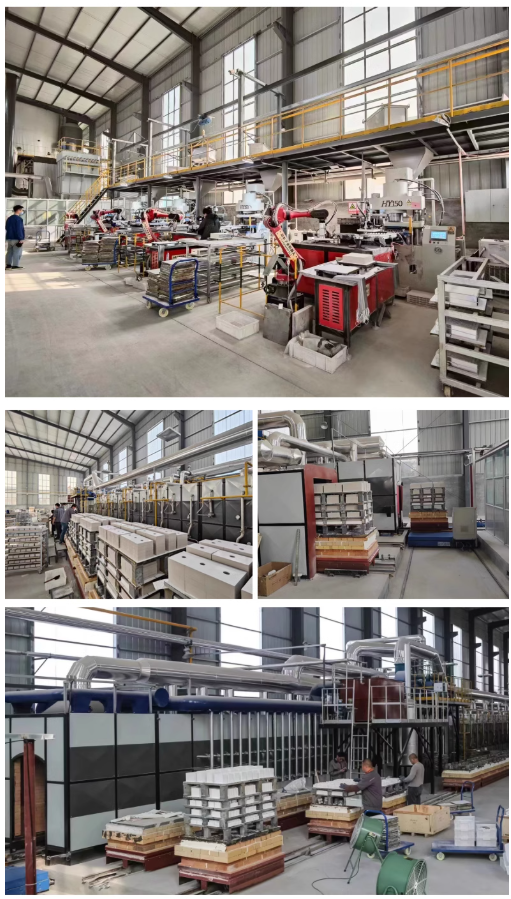
Payment Methods
T/T, Western Union, Paypal, Credit Card etc.
Shipment Methods
By air, by sea, by express, as customers request.
5 FAQs of High Hardness Boron Carbide Plate Silicon Carbide Sheet B4c Sic Ceramic Block
Here are 5 FAQs about High Hardness Boron Carbide Plate and Silicon Carbide Sheet B4C SiC Ceramic Blocks:
What exactly are these ceramic plates and sheets? These are solid blocks made from special ceramic powders. Boron Carbide (B4C) and Silicon Carbide (SiC) are the main materials. They are pressed and baked at very high temperatures. This process makes them incredibly hard and strong.
Why is hardness so important for these materials? Hardness means the material resists scratching and wearing down. Boron Carbide is one of the hardest substances known. It’s harder than most industrial abrasives. Silicon Carbide is also extremely hard. This property makes them last a long time in tough conditions. They handle constant friction and impact very well.
Can these ceramics handle high temperatures? Yes, they resist heat extremely well. Both B4C and SiC keep their strength and shape at very high temperatures. This is vital for uses in hot environments. They won’t melt or weaken like many metals do. They are stable under intense thermal stress.
Where are these ceramic blocks typically used? They are used where extreme wear or impact happens. Common uses include armor plates for protection. They line industrial equipment like pipes and pumps handling abrasive materials. They serve as wear parts in mining and sandblasting. They are also used in specialized cutting tools and nozzles.
How difficult are they to machine or shape? These ceramics are very hard. This makes machining them after sintering complex. Special diamond tools are usually needed. Grinding or cutting requires specific techniques. It’s best to get them close to the final shape during the initial manufacturing. This minimizes costly secondary machining work.
REQUEST A QUOTE
RELATED PRODUCTS
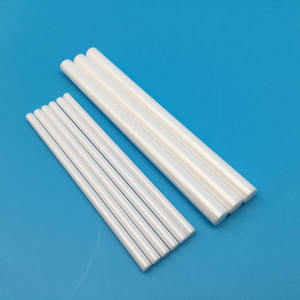
Advanced Defense Boron Carbide Cylinder Ceramic Tile for Vehicle Armor
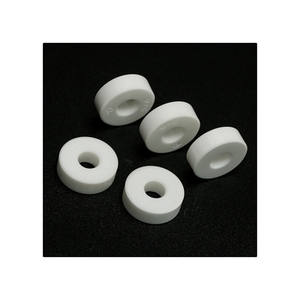
Customized 6-10mm Thickness Boron Carbide Ceramic Plates B4c Plate
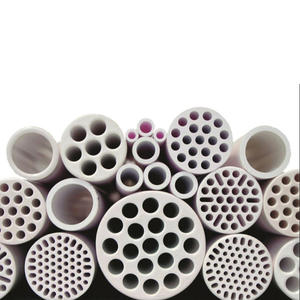
Customized Boron Carbide (B4C) Ceramic Discs with Excellent Erosion and Wear Resistance
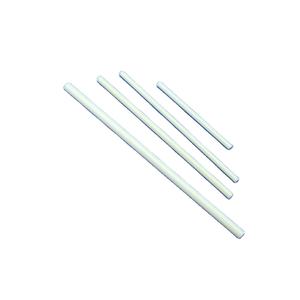
High Mechanical Strength Boron Carbide Ceramic B4c Round Sheet
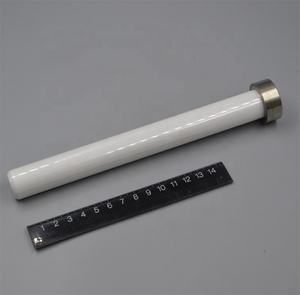
Bulletproof Body Armor Tiles Boron Carbide Pentagon Ceramics for Protection


